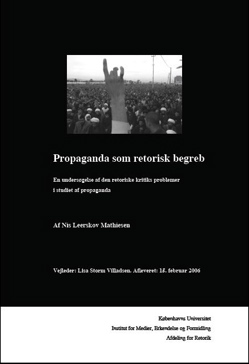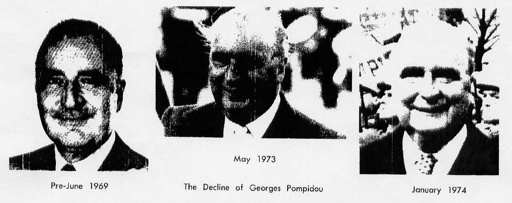A strange day in Denmark indeed. Suddenly we saw
burning embassies and an angry mass, smashing, burning, looting. All directed at us, sitting with hangovers around the coffeetable staring at the screen. I don't know if my sense of unreality has been hightened by the possible youth-gang mugging I witnessed on my way home and shouted at to determine if it was just fun or what, but today foreign affairs has certainly had an impact on our lives.
Seeing the pictures of the protesters in Damascus, I vividly remembered
Elias Canetti's book "Masse und Macht" (Crowds and power).
In this he states that the function of the crowd is to dispel hierarchy momentarily. The greatest primitive fear is to be touched by the unknown in the dark, and only in the mass is this fear removed and even inverted. The mass has four dynamics:
1) It will always grow
2) In it there is equality
3) It loves intimity, closeness
4) It needs a direction
He writes that the mass has a desire for destruction, most potently by fire, but tends to smash things that breaks easily, like doors and glass. The mass has a feeling of being chased, endangered, both from outside (police) and from within - by all the members of the crowd who are traitors by heart, just wanting to get by.
There are a number of types of masses - the one we saw in Damascus was of the type the chasing mass - it forms to achieve an easily obtainable goal, a victim that must be done away with. The murder is central, either as an expulsion or a communal killing. When the murder is committed, the mass flees and disperses, reminded of its own mortality.




